
Das Kunstblatt was a German art magazine published between 1917 and 1933 [1] by Paul Westheim in Weimar Germany.

Das Kunstblatt was a German art magazine published between 1917 and 1933 [1] by Paul Westheim in Weimar Germany.

Berlin is the capital and largest city of Germany, both by area and by population. Its more than 3.85 million inhabitants make it the European Union's most populous city, as measured by population within city limits. The city is also one of the states of Germany, and is the third smallest state in the country in terms of area. Berlin is surrounded by the state of Brandenburg, and Brandenburg's capital Potsdam is nearby. The urban area of Berlin has a population of over 4.5 million and is therefore the most populous urban area in Germany. The Berlin-Brandenburg capital region has around 6.2 million inhabitants and is Germany's second-largest metropolitan region after the Rhine-Ruhr region, and the sixth-biggest metropolitan region by GDP in the European Union.
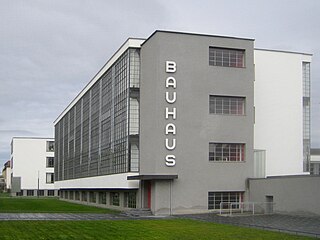
Weimar culture was the emergence of the arts and sciences that happened in Germany during the Weimar Republic, the latter during that part of the interwar period between Germany's defeat in World War I in 1918 and Hitler's rise to power in 1933. 1920s Berlin was at the hectic center of the Weimar culture. Although not part of the Weimar Republic, some authors also include the German-speaking Austria, and particularly Vienna, as part of Weimar culture.

Karl Otfried Müller was a German professor, scholar of classical Greek studies and philodorian.

DEFA was the state-owned film studio of the German Democratic Republic throughout the country's existence.
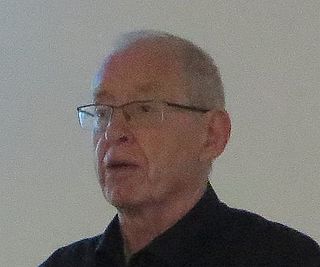
The Electronic Visualisation and the Arts conferences are a series of international interdisciplinary conferences mainly in Europe, but also elsewhere in the world, for people interested in the application of information technology to the cultural and especially the visual arts field, including art galleries and museums.
Mariana Frenk-Westheim was a German-Mexican writer of prose, Hispanist, lecturer in literature, museum curator, and translator from Spanish to German.
Erich Buchholz (1891–1972) was a German artist in painting and printmaking. He was a central figure in the development of non-objective or concrete art in Berlin between 1918 and 1924. He interrupted his artistic activity in 1925, first because of economic hardship and, from 1933, as he was forbidden to paint by the National-Socialist authorities. He resumed artistic activity in 1945.
Der Rütli was a German literary group, named after the famous Swiss meadow. It was founded on 9 December 1852 by members of the Tunnel über der Spree as "a kind of subsidiary tunnel" with a more intimate atmosphere, in contrast to the ceremonial and public nature of the larger group's activities. They met weekly at one another's homes. One major difference between meetings of the Tunnel and meetings of the Rütli was that members' wives were admitted, albeit only after the "work" of the gathering was completed.
Mario von Bucovich, also known as Marius von Bucovich, was an Austrian photographer. He was born at Pula in the Istrian region of the Austro-Hungarian Empire and held the title of Baron. His father, August, Freiherr von Bucovich (1852–1913), was a former Corvette Captain in the Austro-Hungarian navy and later an entrepreneur in the railroad concession sector. His mother was Greek.
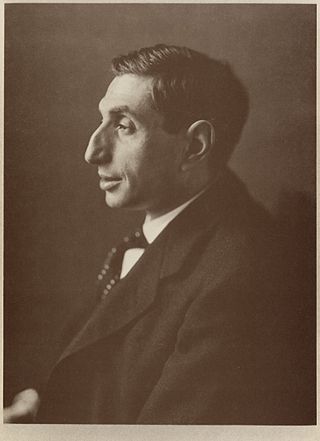
Alfred Flechtheim was a German Jewish art dealer, art collector, journalist and publisher persecuted by the Nazis.

The Kronprinzenpalais is a former Royal Prussian residence on Unter den Linden boulevard in the historic centre of Berlin. It was built in 1663 and renovated in 1857 according to plans by Heinrich Strack in Neoclassical style. From 1919 to 1937, it was home to the modern art collection of the National Gallery. Damaged during the Allied bombing in World War II, the Kronprinzenpalais was rebuilt from 1968 to 1970 by Richard Paulick as part of the Forum Fridericianum. In 1990, the German Reunification Treaty was signed in the listed building. Since then, it has been used for events and exhibitions.

The Ufa-Palast am Zoo, located near Berlin Zoological Garden in the New West area of Charlottenburg, was a major Berlin cinema owned by Universum Film AG, or Ufa. Opened in 1919 and enlarged in 1925, it was the largest cinema in Germany until 1929 and was one of the main locations of film premières in the country. The building was destroyed in November 1943 during the Bombing of Berlin in World War II and replaced in 1957 by the Zoo Palast.
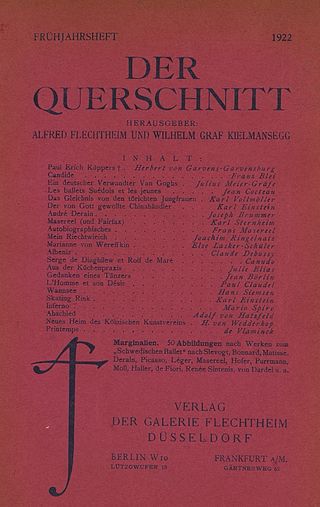
Der Querschnitt was an art magazine published by German art dealer Alfred Flechtheim between 1921 and 1936. The magazine was based in Berlin.

Paul Westheim was a German art historian and publisher of the magazine Das Kunstblatt. The fate of Westheim's art collection, which was sold after his death by Charlotte Weidler, has been the subject of major art restitution lawsuits.

Sasha Stone, born Aleksander Steinsapir was a Russian artist. A stateless photographer, he and his first wife, Cami Stone, were successful photographers during the 1920s and 1930s. One of his best-known works is the photomontage he designed for the cover of Walter Benjamin's Einbahnstraße published in 1928.

The Trench, but earlier known as The War Picture or simply Der Krieg, was an oil painting by the German artist Otto Dix. The large painting was made from 1920 to 1923, and was one of the several anti-war works by Dix in the 1920s, inspired by his experience of trench warfare in the First World War.
The First Russian Art Exhibition was the first exhibition of Russian art held in Berlin following the Russian Revolution. It opened at the Gallery van Diemen, 21 Unter den Linden, on Sunday 15 October 1922. The exhibition was hosted by the Soviet People's Commissariat for Education, and proved controversial in relationship to the current developments in avant-garde art in Russia, most notably Constructivism.
Alfréd Kemény was a Hungarian art critic.
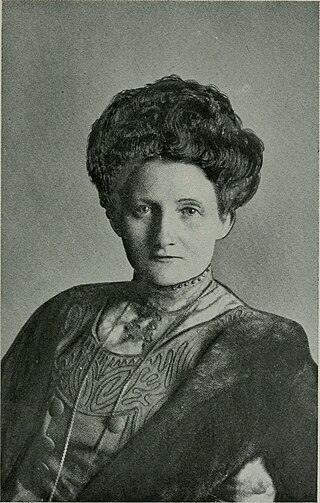
Lulu von Strauss und Torney (1873–1956) was a German poet and writer. Best remembered for her ballads, she also wrote historical fiction with rural settings in northwest Germany.